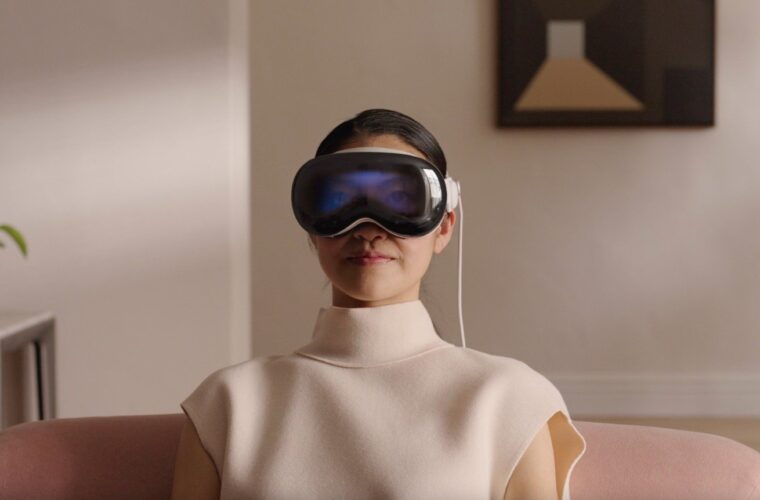Apple Vision Pro, the beginning of a long journey toward spatial computing
Tim Cook’s “one more thing” during the keynote that opened WWDC 2023 was Apple Vision Pro, the mixed reality headset that will mark the Cupertino company’s future. Whether it will be a success, opening a new era of computing, or a flop contributes to the idea that VR should be considered a niche phenomenon and confined to certain experiences, not a technology capable of outlining a new paradigm.
Apple’s third era
“Just as the Mac introduced us to personal computing, and iPhone introduced us to mobile computing, Apple Vision Pro introduces us to spatial computing,” Apple’s Ceo said, speaking of the first product developed from start to finish under his leadership. Which, however, will not be a tool aimed at the masses, at least not at first. Because Vision Pro will arrive 2024 only in the United States, it costs $3,499, and estimates call for sales of just over 1 million units.
Aimed at developers and early adopters because it is to them that Apple is asking for help in creating and identifying killer apps that can give practical meaning and tangible prospects to a device resembling a ski mask. Conceived as a headset for augmented reality rather than virtual reality because Cook’s idea is not to isolate people but to enable them to enhance the already great experiences in manufacturing provided by computers, tablets and smartphones.
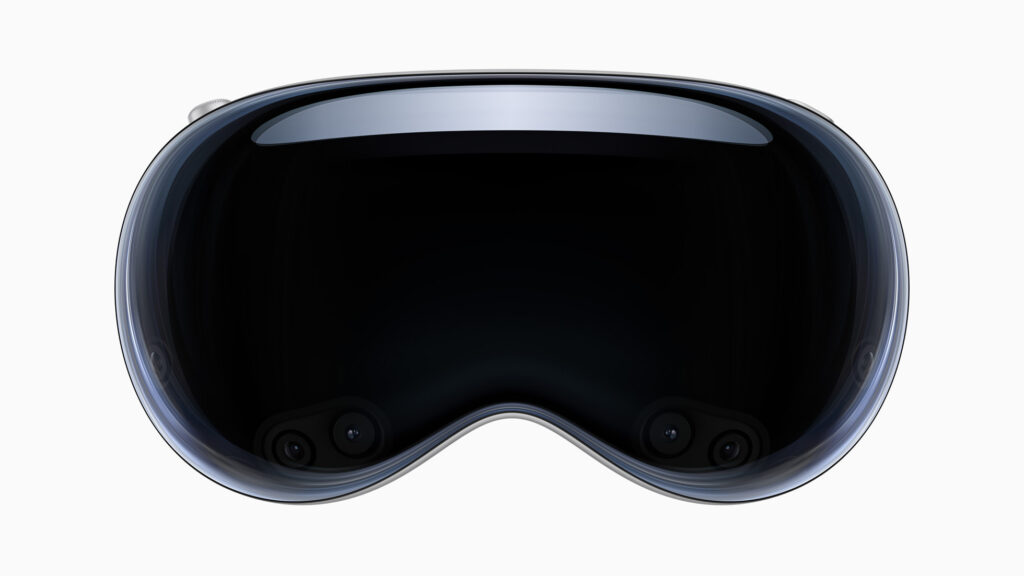
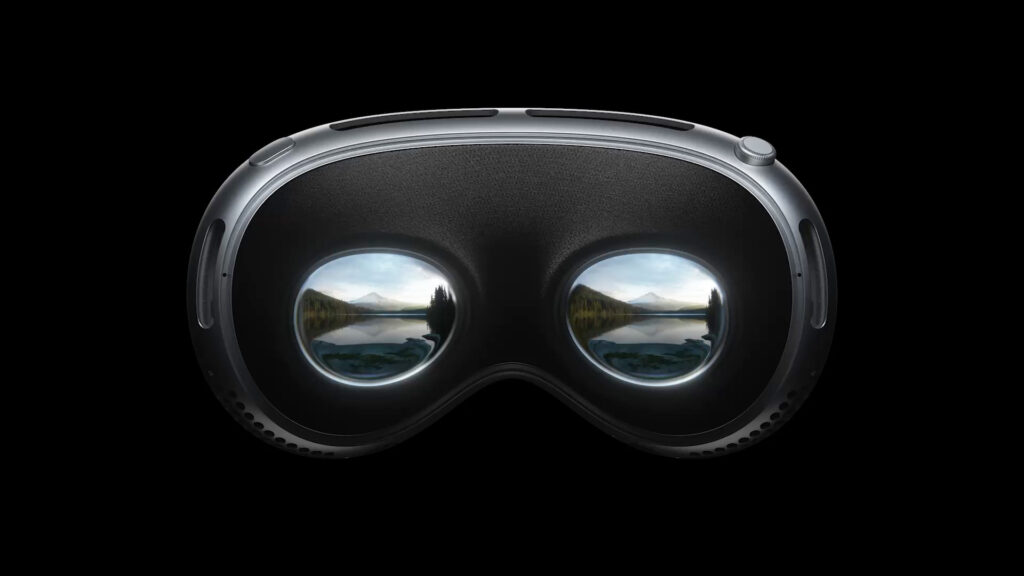
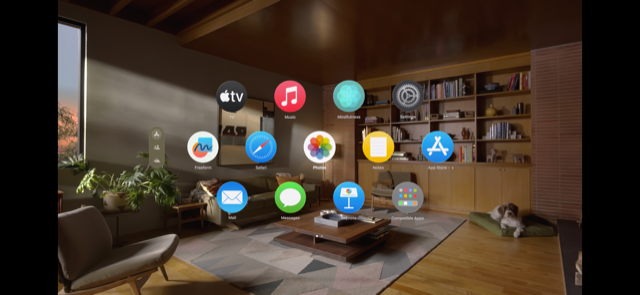
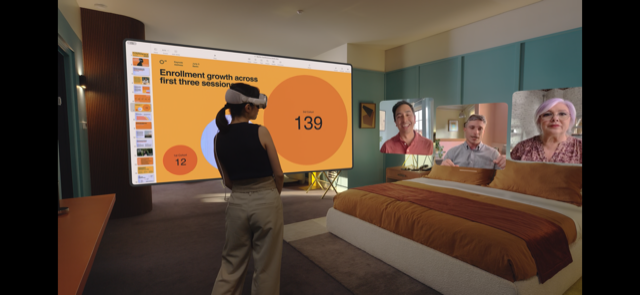
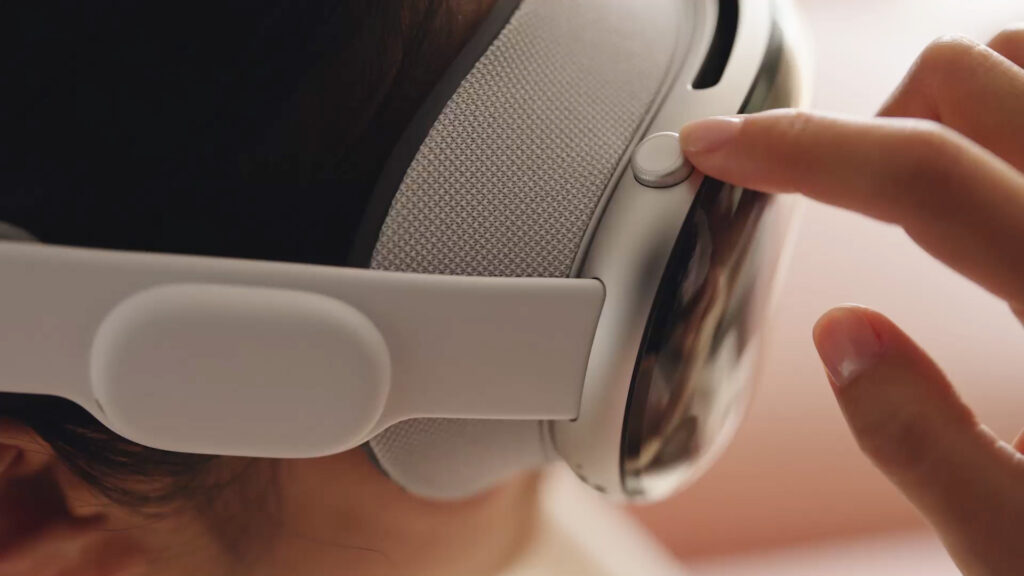
With so much technology, several limitations
What was seen during the presentation at the Steve Jobs Theater leaves the feeling of a headset with a very high concentration of technology: 12 cameras, including two TrueDepth and two infrared, 2 4K displays, 6 microphones, 5 sensors (including Lidar), two speakers to adapt the audio to the surroundings, a front mask and back band that can be easily adjusted, and premium materials such as aluminium and glass. And those with vision problems will be able to make up for it with graduated lenses made by Zeiss, which magnetically attach to the viewer.
All that glitters is not gold because Vision Pro has several limitations. One is the need to remedy nausea, migraines and other discomforts derived from using the viewers in thirty minutes or more sessions. Another is the modification of the external battery that has to be strapped on at the waist, which currently provides less than two hours of battery life; however, little or no one spends that much today with a visor lowered on their face.
The tipping point, however, will provide people with compelling reasons to want to own a tool created to isolate the individual until a common ground can be found for two or more users wearing Vision Pro to interact with each other. It will take time, patience, and intermediate steps with the arrival of other models, even less pretentious and expensive ones, to approach a wider audience of potential buyers than at present. Because today VR and AR are still perceived as distant, unattractive and far from necessary realities.
Something is already seen, but better
Some U.S. journalists who had the chance to briefly try out Vision Pro extol its technical quality and impressive level of immersiveness by virtue of an almost nonexistent latency in favour of clear and sharp images. We are beyond the Quest 3 that Meta will launch by the end of the year (at $499). However, that was to be expected, considering Apple’s manic attention to detail in product development. But it is also true that much of what is shown harkens back to the HoloLens and related technologies that Microsoft has anticipated in the past few years (now sold for €3849 and confined to sectors such as construction, health care and engineering).
Apple gets to improve on those inputs, as it has demonstrated many times before, combining aesthetics and functionality as no one else can. With nearly a decade of development on the product and more than 5,000 patents, the Vision Pro is poised to be the next object of desire, not least because, in Apple’s long-range plans, it should be able to emerge as the heir to the iPhone, an awkward role for any product relative to a device that has continued to grind out sales and contribute more than 50 per cent of the company’s revenues for more than a decade.
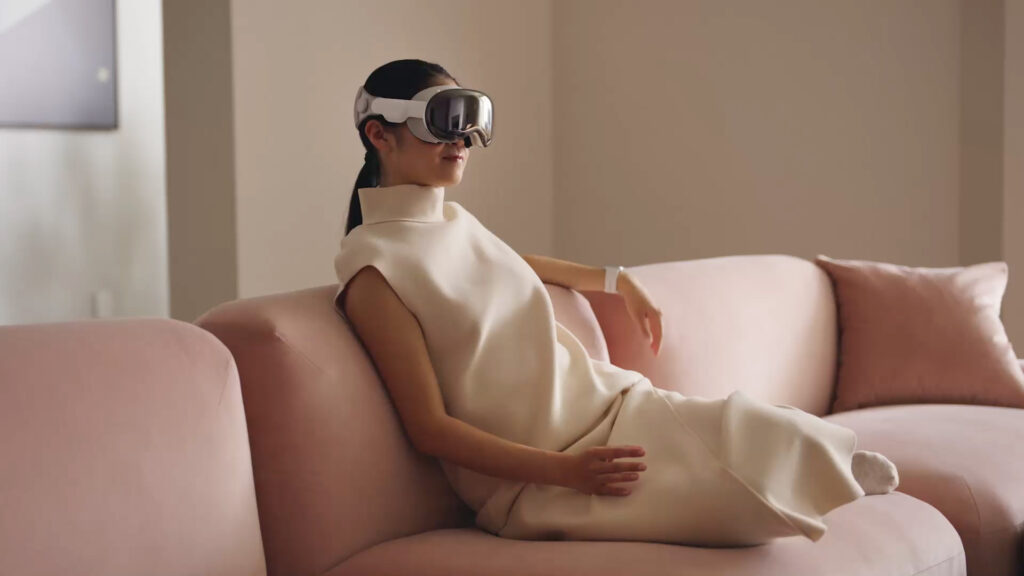
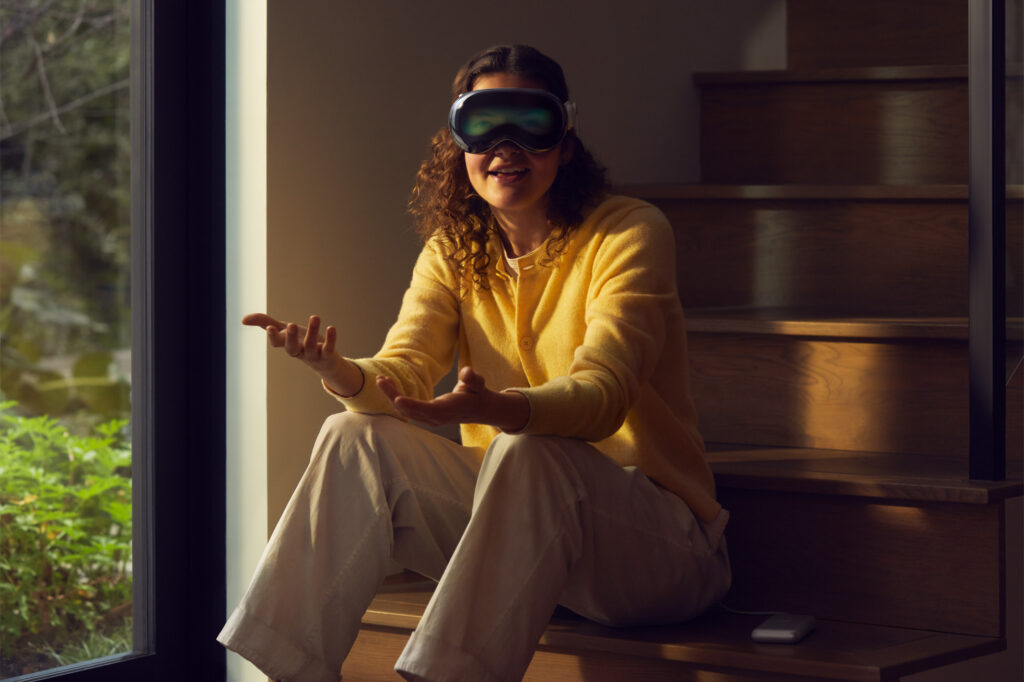
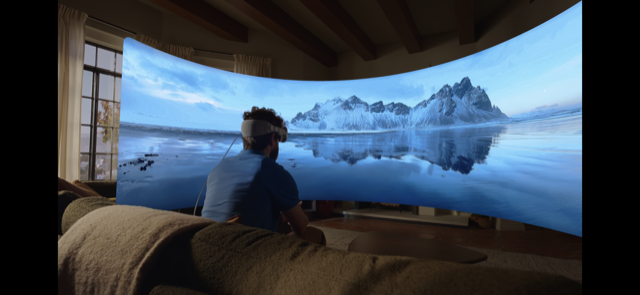
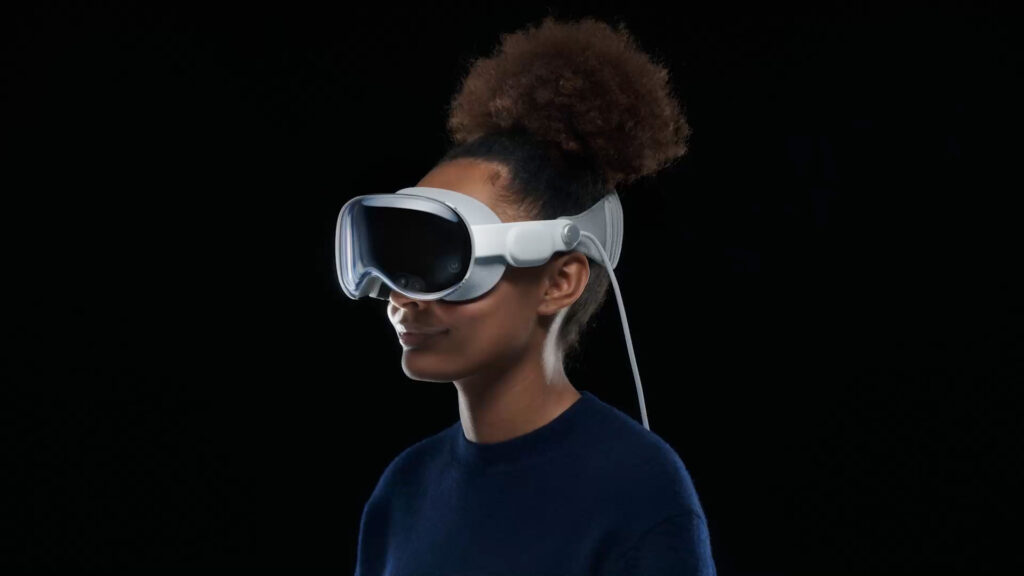

The need for killer apps
The fluidity of apps optimized for the visions makes the Vision Pro an almost magical device, as in the absence of a mouse, keyboard and other peripherals, it is all done with voice and eyes. Eye tracking and response times to hand movement are excellent, making the need for a physical controller outdated. It only takes a few simple gestures to scroll through pages and jump from one window to another, with the eye acting as a pointer. On the other hand, the button for switching between augmented and virtual reality is the epitome of immediacy: one touch is all it takes to isolate yourself from the world, another to return to interacting with your surroundings.
Looking at Vision Pro content, you can watch TV series and movies from Apple TV+ and Disney+. Also, for this, at the moment, the headset can carve out a scope of use between home and office. In addition to the ecosystem and optimization between Apple’s hardware and software, what will determine its eventual appreciation will be the insights of developers; for as iPhone and iPad have shown, it is the applications that define the mass success of a device.

